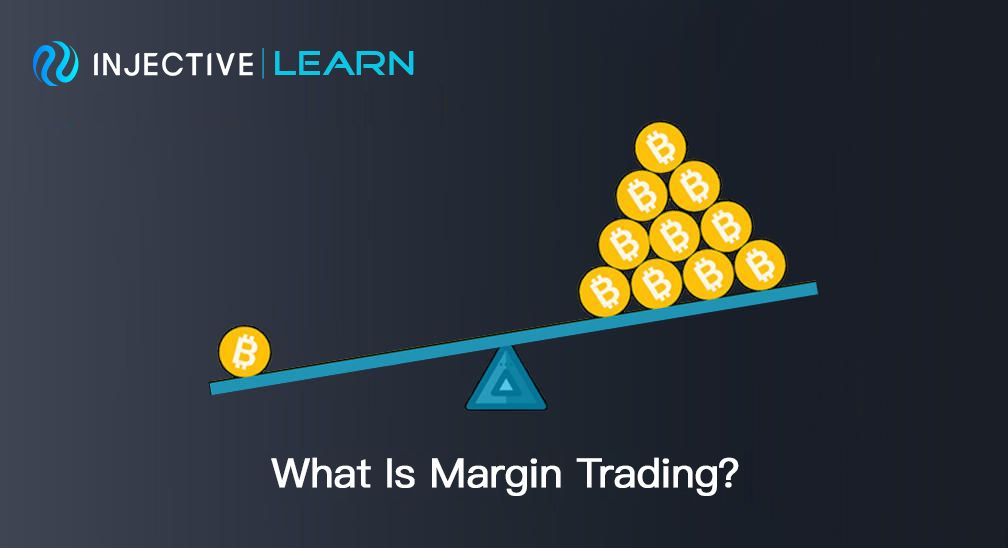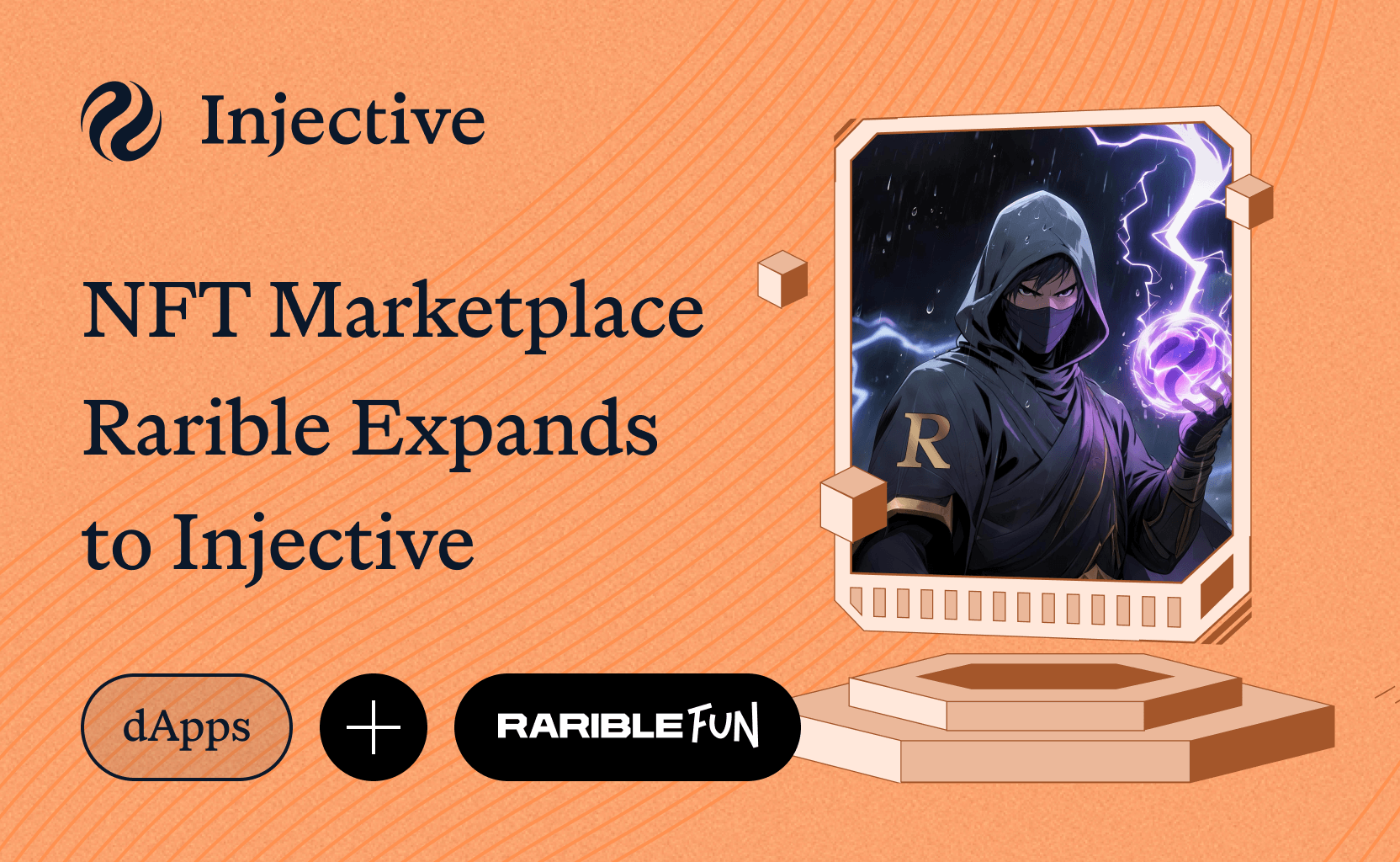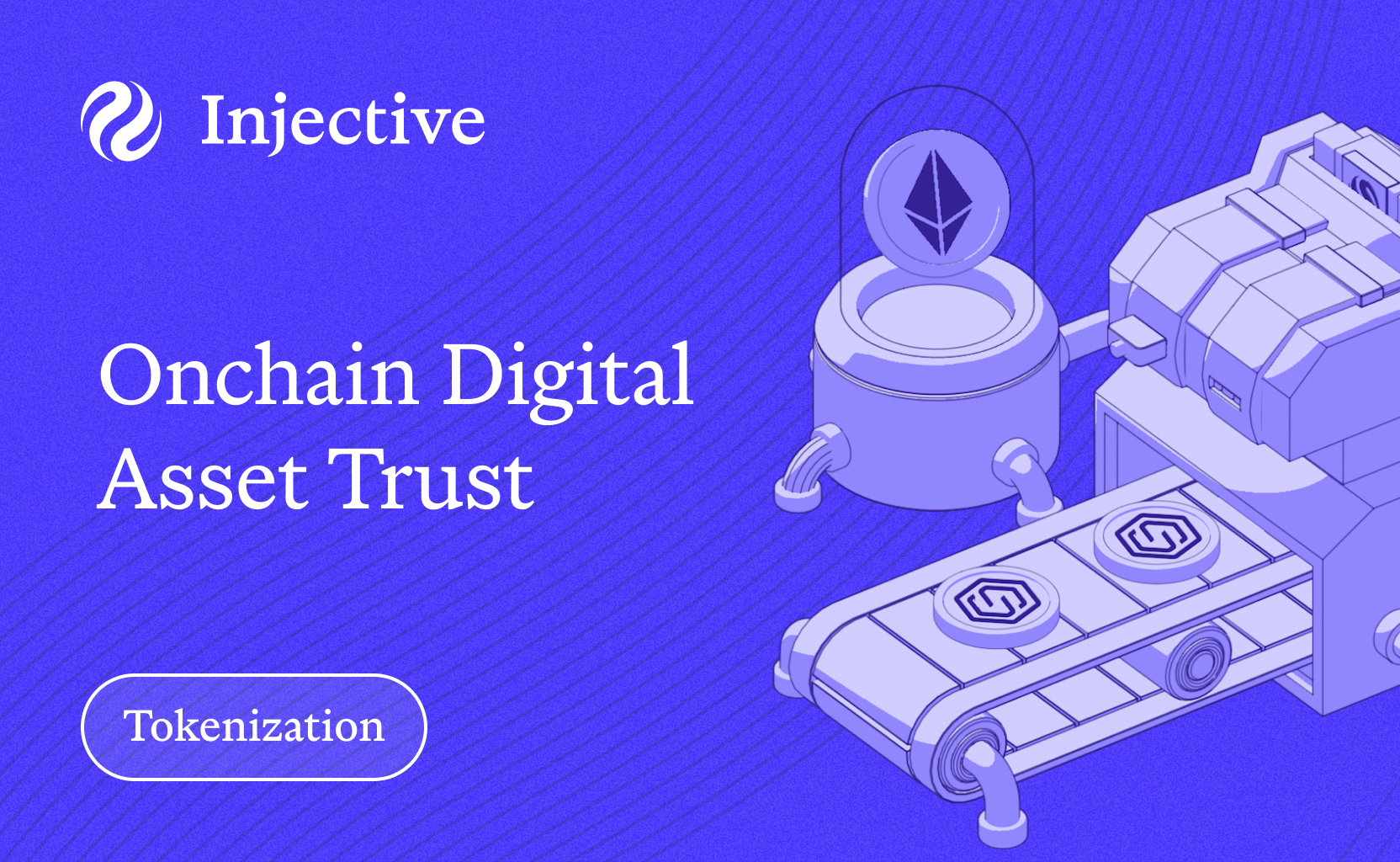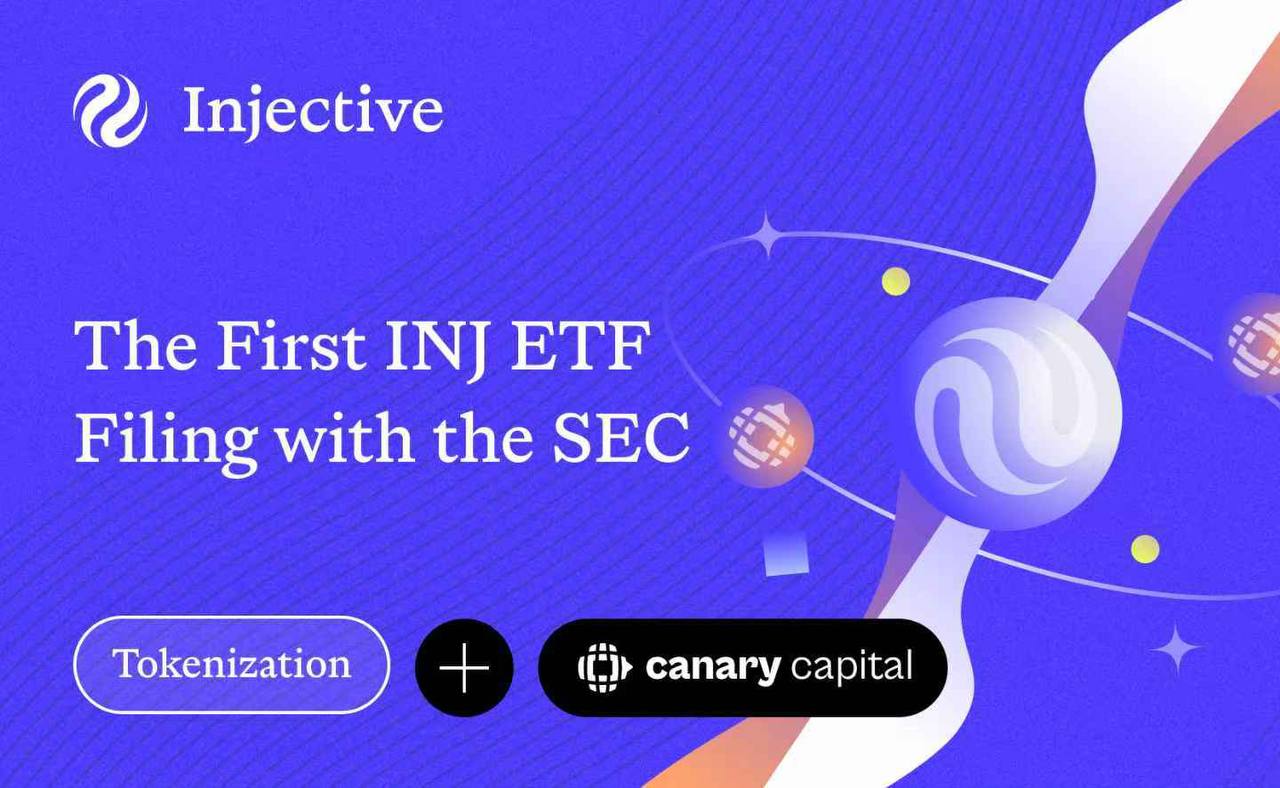Margin refers to the money borrowed from a third party (e.g. exchange) to make an investment. Specifically it refers to the difference between the total value of securities held in a user's account and the loan amount from the lender.
Margin trading allows investors to control and use more assets than they actually own. It also requires investors to use the assets that they own as collateral in case the investors are unable to pay back the borrowed funds.
Normally the borrowed funds come from other traders or exchanges. The amplification of funds is very suitable for low-volatility asset markets, such as foreign currency markets, in order to boost returns further. Margin trading is also popular with in stock, cryptocurrency, and commodity markets.
Margin Trading Examples
Different markets have distinct rules and leverage ratios.
In the FX market, since the volatility is very low, the margin ratio is frequently 100:1. In the stock market, 2:1 is a typical ratio. In the cryptocurrency market, 5:1 - 20:1 ratios are more popular (these ratios are normally denoted as 5X - 20X).
There are two directions of margin trading: long and short.
Let's say that you deposit 10,000 USDT (1 USDT = 1 USD) in your margin account and choose to use 2X leverage. This means that you can borrow $10,000 and have $20,000 worth of total buying power. Then, if you buy $5,000 worth of BTC, you still have $15,000 in buying power remaining. This is a long direction trade.
If on the other hand, you borrow $10,000 worth of BTC and then sell out, that is a short direction trade.
Benefits
Normally in the crypto space, margin trading gives you 2-10X leverage buying power in the market. This allows you to buy more assets than you otherwise could which can help to unlock new trading opportunities and help increase your overall return. Many traders also utilize technical analysis in order to determine when best to utilize margin trading strategies.
Unlike regular spot trading, margin trading also gives you access to a shorting. This means that when you think the price of an asset is going to drop, you could borrow that asset and then sell out. When the price drops to a lower level, you can buy back the asset and repay it with a small amount of interest.
Risks
The risks and drawbacks should be carefully considered before trading on margin. If the tokens you have purchased experience a sharp drop-off in value, you could lose a substantial amount of money, which means your losses can been amplified in the same way that your gains were. Therefore, risk management is important for margin traders.
There is also a restriction referred to as the maintenance margin, which is the minimum account balance you must maintain before the exchange will force you to deposit more funds or sell assets to pay down your loan. This last point is key for margin trading and is referred to as a margin call which is effectively a demand from exchange for you to add money to your account or close positions to bring your account back to the required level.
If you do not meet the margin call, the exchange can close out any open positions in order to bring the account back up to the minimum value.
Conclusion
Margin trading can enable traders to unlock new opportunities in the cryptocurrency markets if they are willing to bear the additional risks.
On Injective, traders are able to take part in a wide array of margin trading strategies across various markets in an entirely permissionless manner. This also includes being able to trade with leverage ratios that are typically much higher than what other exchanges offer.

About Injective
Injective is a lightning fast interoperable layer one blockchain optimized for building the premier Web3 finance applications. Injective provides developers with powerful plug-and-play modules for creating unmatched dApps. INJ is the native asset that powers Injective and its rapidly growing ecosystem. Injective is incubated by Binance and is backed by prominent investors such as Jump Crypto, Pantera and Mark Cuban.
Website | Telegram | Discord | Blog | Twitter | Youtube | Facebook | LinkedIn | Reddit | Instagram | Orbit Newsletter



